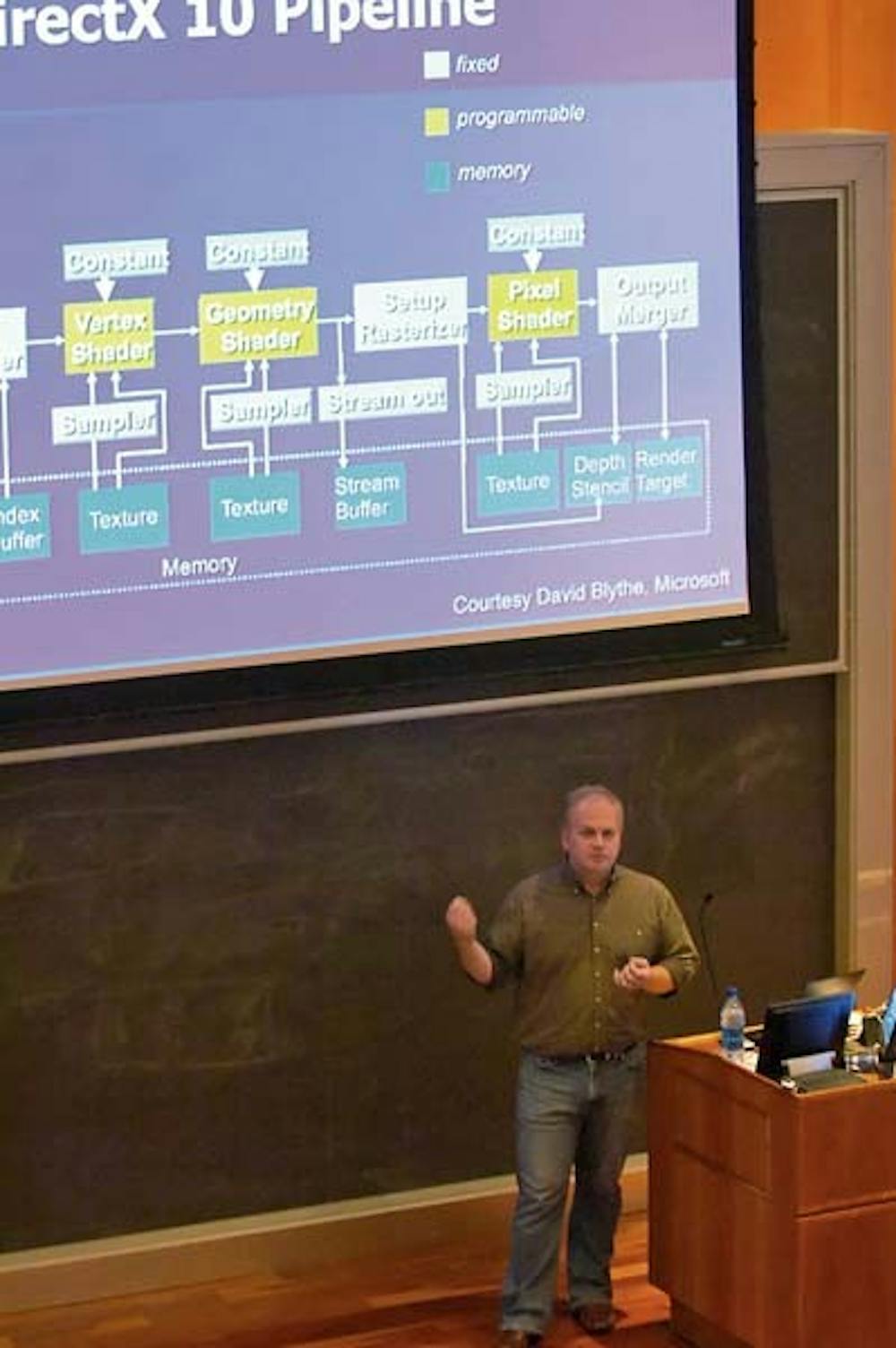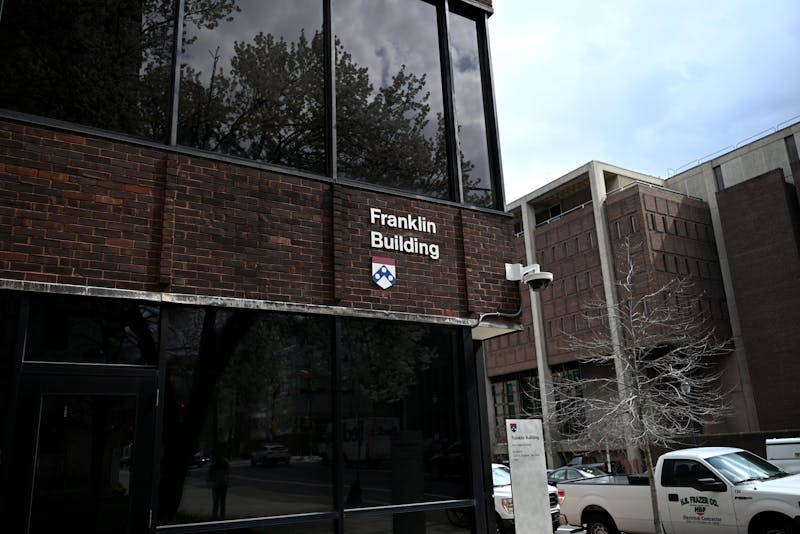
Most of us have no desire to see the inside of a computer. But if you do decide to crack one open, you'll find Doug Carmean's digital fingerprints everywhere.
Carmean, a chief designer at Intel who helped develop the acclaimed Pentium 4 processor, spoke yesterday afternoon at the Wu and Chen Auditorium in Levine Hall.
He highlighted the "war" that is taking place between leading computer-chip producers Intel, NVIDIA and AMD.
Currently, two types of chips are found in computers: central-processing units (CPUs) and graphics-processing units (GPUs). Intel, NVIDIA and AMD are all competing to develop one "super chip" to replace these two chips.
Throughout the lecture, Carmean spoke about "the project I'm not talking about," or "the part I'm not working on" - many rumors have circulated about a project within Intel code-named "Larrabbee" that aims to produce the first such chip.
"Doug Carmean gave us a glimpse of the future of Intel microprocessors," said Computer and Information Sciences professor Milo Martin. "He made a strong case for how general-purpose microprocessors and special-purpose graphics processors will evolve and merge into a single powerful chip."
Other students and faculty that attended the lecture were also enthusiastic about what Carmean had to say.
"The progression of development of computer processing that [Carmean] presented was fascinating," said Engineering and Wharton senior Joey Schorr. "He has an extremely strong view of where things are going. I look forward to making use of the developments he is currently pursuing."
Carmean, who provided a philosophical overview as well as market analyses of CPUs and GPUs, opened the floor to questions at the end of the lecture.
"You could tell everyone was well-informed on the topic," Carmean remarked after the Q & A session.
Over forty students and faculty, primarily male, showed up to the event.
Students were eager to see applications of what they have learned in class.
"The material we learned in these professors' classes is so relevant to the world today," said Engineering and Wharton junior Matt Evans.
The lecture was the first of a four-part series sponsored by the Computer Information and Sciences department; other lectures will highlight recent developments in the field.
The Daily Pennsylvanian is an independent, student-run newspaper. Please consider making a donation to support the coverage that shapes the University. Your generosity ensures a future of strong journalism at Penn.
DonatePlease note All comments are eligible for publication in The Daily Pennsylvanian.







